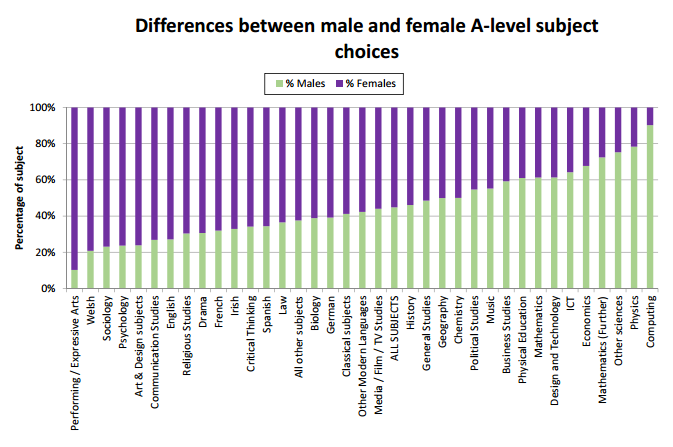Proposals to develop a new engineering A-level have been dropped, Schools Week can reveal, as more A-levels bite the dust.
Schools Week reported last year that the Royal Academy of Engineering (RAE) had submitted plans to develop a more creative engineering A-level to exam board Pearson, in an attempt to encourage more girls into undergraduate courses.
But the proposal has been rejected by the exam board which said its content “overlapped” with new physics and design & technology A-levels.
The news comes after a survey by the Sixth Form Colleges Association found two thirds of colleges have dropped courses because of funding cuts, with members warning of a “narrow and part-time experience” for pupils.

The RAE, the UK’s national academy of engineering, worked for 18 months alongside industry, higher education bodies and schools to propose the new engineering A-level – in part to lift the UK from Europe’s bottom spot for recruiting women into the profession.
But the RAE has now joined statisticians in criticising the government’s “narrow” set of A-levels after engineering, statistics, along with history of art, critical thinking, archaeology and 23 others, will be axed as of September 2017.
Professor Helen Atkinson, chair of the RAE’s education and skills committee, said: “Accountability measures have created perverse incentives, encouraging some schools to focus pupils on a narrow set of subjects rather than a broad and balanced offer.
“What is crucial is for young people to keep their options open for as long as possible, to have clear and informed careers advice, including about engineering, and to realise that engineering draws on a breadth of talent and aptitude both in the quantitative subjects such as maths and physics but also in creativity and lateral thinking.”
The uptake of some creative subjects, including art and design & technology, and performing arts, has dropped after the government introduced the EBacc and its focus on a “core” academic curriculum.
Meanwhile, 32,678 girls took A-level maths compared to 52,390 boys last year, with only 3,983 girls taking further maths compared to 10,583 boys (see graph). 
And about 75 per cent of physics A-level students last year were male. Just over 60 per cent of design & technology students were also male.
Statistics A-level drew in pupils who would not have done the maths A-levels, said Harvey Goldstein, professor of social statistics in the Graduate School of Education at Bristol University.
“It’s teaching people basic techniques in how to analyse data and then being able to interpret and make inferences in what’s going on. It’s a statement about the real world out there. Mathematics will teach techniques, but much less about how to make judgments on that.
“Many people who have done A-level statistics would not have done A-level maths. So you’re actually taking away part of the culture that you could argue students are entitled to access.”
Yet a spokesperson for the National Centre for Excellence in the Teaching of Mathematics (NCETM) pointed out that an element of statistics would be compulsory from September 2017 onwards – and that only around 800 UK students had sat a separate statistics A-level this year.
Accountability measures have created perverse incentives
A spokesperson for Pearson, the exam board reviewing the engineering proposal, said after meeting the RAE it became clear there would be “too much overlap” with new D&T and physic qualifications.
But they added: “We absolutely recognise the importance of this subject and are committed to continuing to offer routes into the industry via both academic and vocational routes – and through our updated A-levels in physics and design & technology.”
A Department for Education spokesperson said they want more students studying STEM subjects, adding “we know maths and physics, in particular, are crucial to studying engineering in higher education”.
“Latest figures show entries to STEM A-levels have increased by 13 per cent since 2010 and are we introducing a range of programmes such as Science Learning Partnerships and Maths Hubs to increase participation. We are also investing £90 million in improving careers advice to help young people make informed choices about their future careers.”








Your thoughts